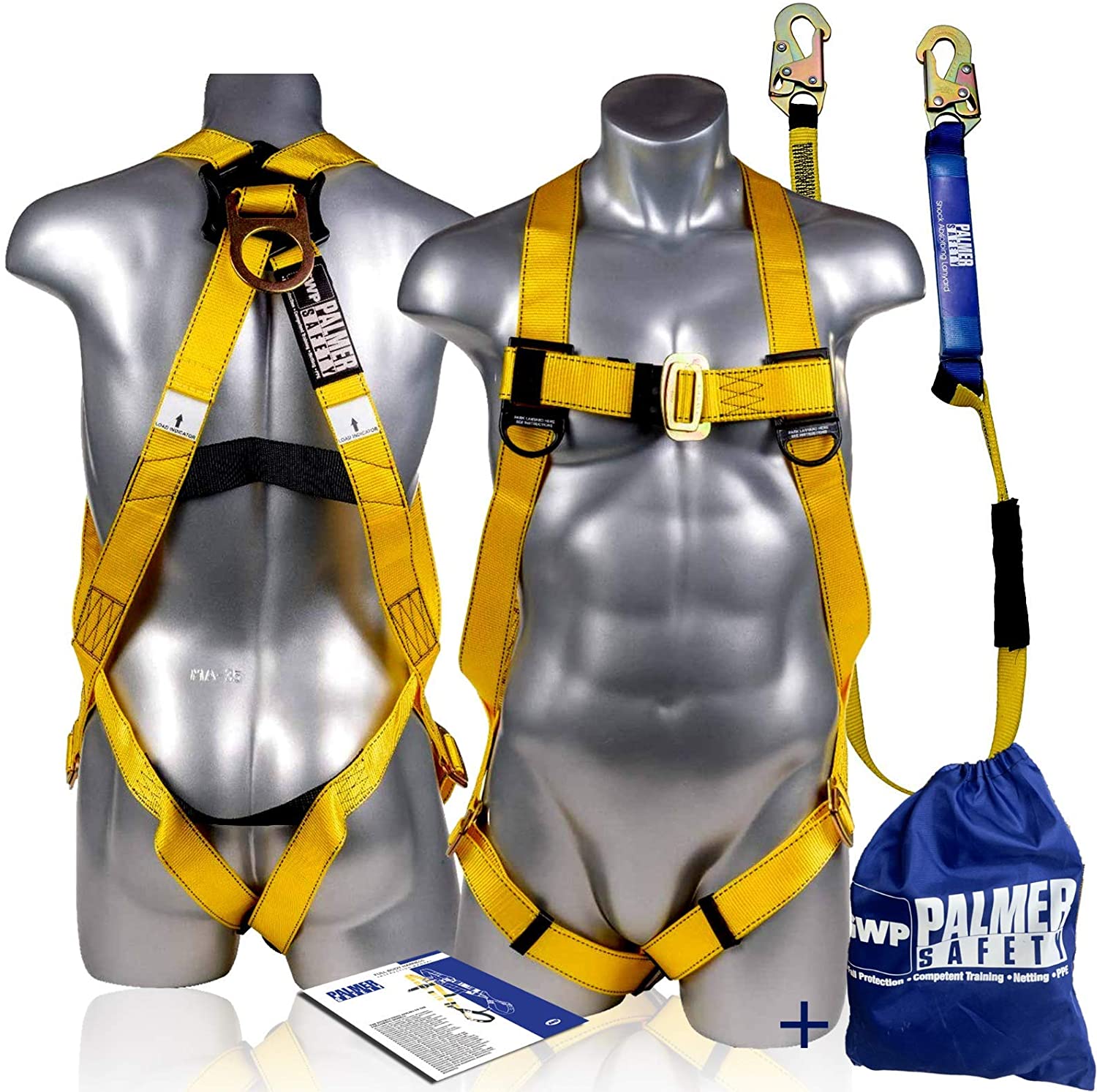

If the elevator drop results in hitting a feature in the rock or the ground. However if the elevator drop lasts for 2 to 6 feet! Well… you better hope you have an extra pair of shorts and some extra toilet paper left in your pack for your climber to clean themselves. This isn’t a big deal when it only lasts a couple of inches. An “Elevator Drop” is a slang term referring to a rapid drop to a sudden stop. The real drawback is that it is easy to “Elevator Drop” the climber that you are lowering. Also, it is easy to set up a mechanical advantage raise with this device as it is the preferred ratchet component by most guides for a mechanical haul.
HARNESS COMBO WITH ATC GUIDE FREE
However, better than the ATC this device allows the guide to go hands free easier with the use of stopper knots or perhaps the Mule off and overhand (Same as the Münter Mule Overhand MMO). There is no ability to approach the cliff and maintain visibility. This traps the guide at the master point. Notice that similar to the 1st ATC lower mentioned the break strand is behind the device and also the lever on the Gri Gri must be operated to allow the climber to lower. This is NOT the preferred “guide’s” method. More common with recreational climbers and is common cause of the pants loading “elevator drop”.

Difficult to Place Climber On Belay During Lower.SUMMARY: Redirect break strand from ATC through a LOCKING carabiner and apply 3rd hand. This method is very common in top down approaches. This a super important safety adding to some redundancy to this system. This would remove the friction power of the tube device placing the lowered climber in extreme danger! Also notice the application of the 3rd Hand. ALWAYS USE A LOCKING CARABINER FOR THE REDIRECT! I recommend a locking carabiner because were the rope to fall out of the redirect and the guide is located downhill from the master point. Also in this picture a non-locking carabiner is being used.

During the lower the friction of the rope on a piece of rope, webbing, or cordalette could compromise the integrity of the anchor. Be certain to make sure that the rope is not rubbing the master point or any element of the top anchor. The break strand of the device is redirected through a carabiner located in the shelf. This tool’s method of application is implicit in the title. The Tube Style Device aka “ATC”: Redirected Break Strand A common guide tool to provide a smooth lower and allows the guide the approach the edge of the cliff and maintain climber visibility through out lower.

I will make some personal recommendations as well as some recommendations from other climbing guides I have worked with. It is meant to be an overview and general resource. This isn’t meant to be a comprehensive list of lowers and all of their intricacies. This is a review of tools/techniques for lowering a climber from the top of a, top managed top-rope climb. To save some of the furious fingers that may start sending emails and criticisms towards me please read the following.


 0 kommentar(er)
0 kommentar(er)
